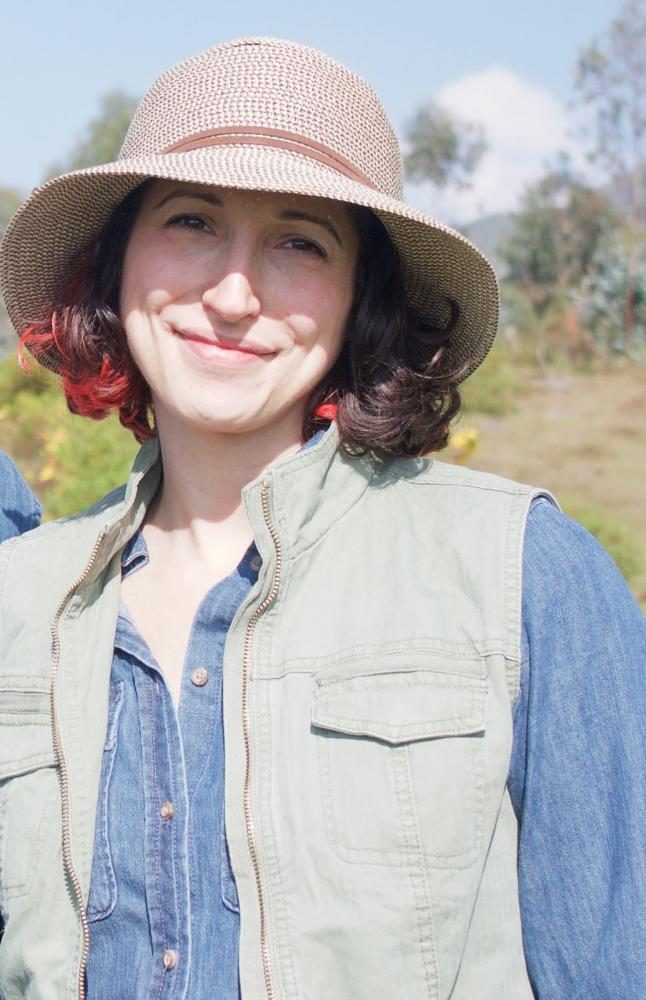Dr. Norin travels to Rwanda with the Dian Fossey Fund
May 17, 2017
In late February, Dr. Carolyn Norin embarked on a week-long trip to Rwanda as an academic ecotourist with the Dian Fossey Fund International. Dian Fossey was a primatologist in the seventies who dedicated herself to studying, interacting with, and habituating certain groups of gorillas to the point where the gorillas were comfortable with her. The Fund works to conserve the habitats of these mountain gorillas, which constitute an amazing yet endangered species. While there, Dr. Norin journeyed with rangers for miles up the forest trails to experience being with the gorillas and gold monkeys, another species the Fund protects. In addition, she visited a village school to which the Fund provides conservation education. This entire experience was overshadowed by the brutal three-year long civil war that tore the country apart and had a lasting effect on the gorillas as well. Through the following questions, Dr. Norin describes her experience with the Fund and the gorillas and sheds light on the most important take-aways from her journey.
What is the Dian Fossey Gorilla Fund International? What is its purpose? Their motto is: “Helping people, saving gorillas.” It’s a dual-pronged approach at conservation, which I find refreshing. It’s not just looking at the ecology of the system and making sure that the animals are protected, but it’s educating the community that surrounds the forests the gorillas are found in by giving them a sense of pride and a real investment in their particular ecosystem service. It tells them that they have the ability to protect this gorilla and benefit from ecotourism and a lot of other great things that come from having the gorillas alive and healthy. They’re involved in both conserving these gorillas and helping the Rwandan people. In going there, I hoped to see the kind of conservation research they were doing and, of course, look at these amazing, endangered species in their habitats.
What was your most memorable moment with the gorillas? We got to a site and all we saw for a while were big balls of black fur—they were just doing their own thing. Then, suddenly, something started screeching in the background, so everyone got up. The little baby got onto his mom’s back and they just started walking right past me. So I’m watching this incredibly tender moment between a mom and her baby and they came very close to me, to the point where I was taken aback and almost had to fall over some bushes not to touch them! Just to see that moment where a mom is taking care of her child…it was very human and it made me smile.
The Rwandan civil war ended about 25 years ago and decimated the people of Rwanda. Entire families were murdered or mutilated. Did you see any remaining effects of the war in your time there? What indirect impact, if any, do you think the war had on the gorillas? I think it’s hard not to see the impacts of the war. You look at children and they’ll run after your car and they’ll be laughing and screaming and smiling. Then you look into the eyes of one of the adults walking by down the street and they’re just… blank. They’ve gone through so much that we just can’t even imagine. And they’re still dealing with it. Once you get to know them, they start to open up. People have told me about their experiences in the war, and it permeates everything that they do. That being said, part of their healing through the mountain gorillas is because these gorillas became very threatened during their war. There were militants and rebels in the forests, and they would actively kill gorillas to upset certain factions. The gorillas were innocent bystanders in the mix. This is all besides the habitat destruction that war always includes. The war, the people, and the gorillas are all intertwined. I think that after such a low point, they are all moving towards a high one. It’s a success story, really.
One of the Fund’s purposes is to provide conservation education to the villages surrounding the mountains. You visited one such school. What was the atmosphere like? Did the children seem to really care about the gorillas? Were they excited to learn about the animals that surround them? Their conservation education efforts are really starting to blossom. The school that we went to in the village of Bisante is now well-equipped with new classrooms and a computer lab. In that lab, they can use programs to look at gorilla facts and gorilla conservations and hopefully one day write their own programs and educational materials. Overall, they were incredibly excited to see us. A lot of them actually thanked us for our work with gorillas. They know who Dian Fossey was. I think every Rwandan does, really. She’s beloved. We went to a primary school but the students were very eloquent. A lot of them spoke good English and were able to convey to us that they appreciated the gorillas, our work with the gorillas, and that they were excited that the gorillas were a symbol of Rwanda. They’re proud.
Are there any lessons you learned in Rwanda that you hope to incorporate into the PDS science program? Absolutely. I’ve already talked to some of our history teachers about getting together some lessons intertwining genocide and conservation efforts in Rwanda. I also volunteered my time and work with the Fossey Fund to develop secondary education material for them and their website, which I will obviously pile onto my students here. I think it’s a great example of many things as we go into ecology for both my AP and freshmen biology students. We’ll be doing a moment in which we talk about conservation, endangered species, and extinction—this experience I’ve had is the perfect personal experience to tie into that.








